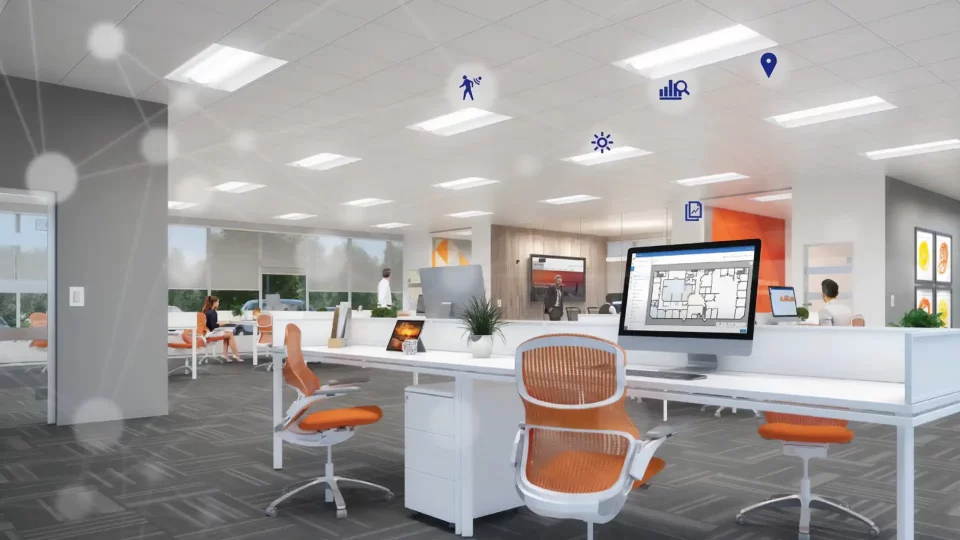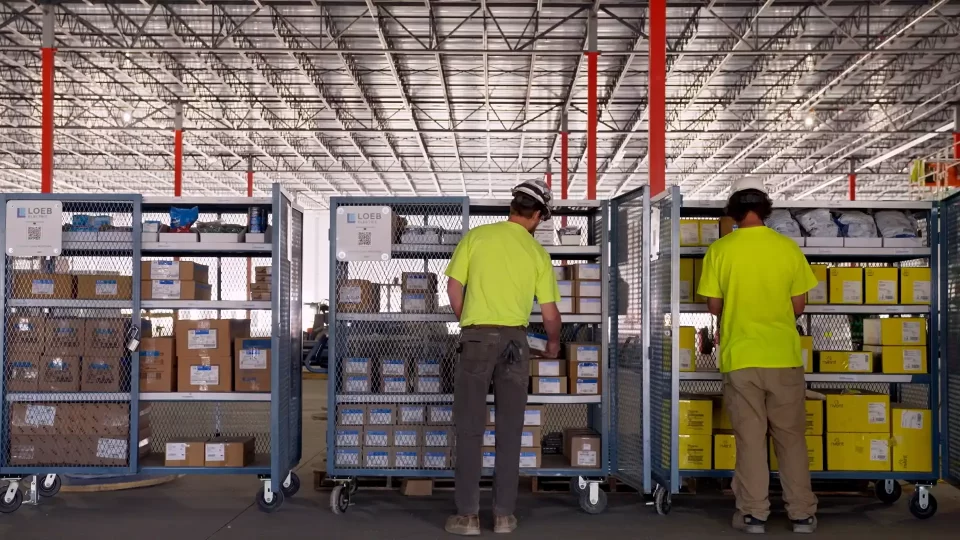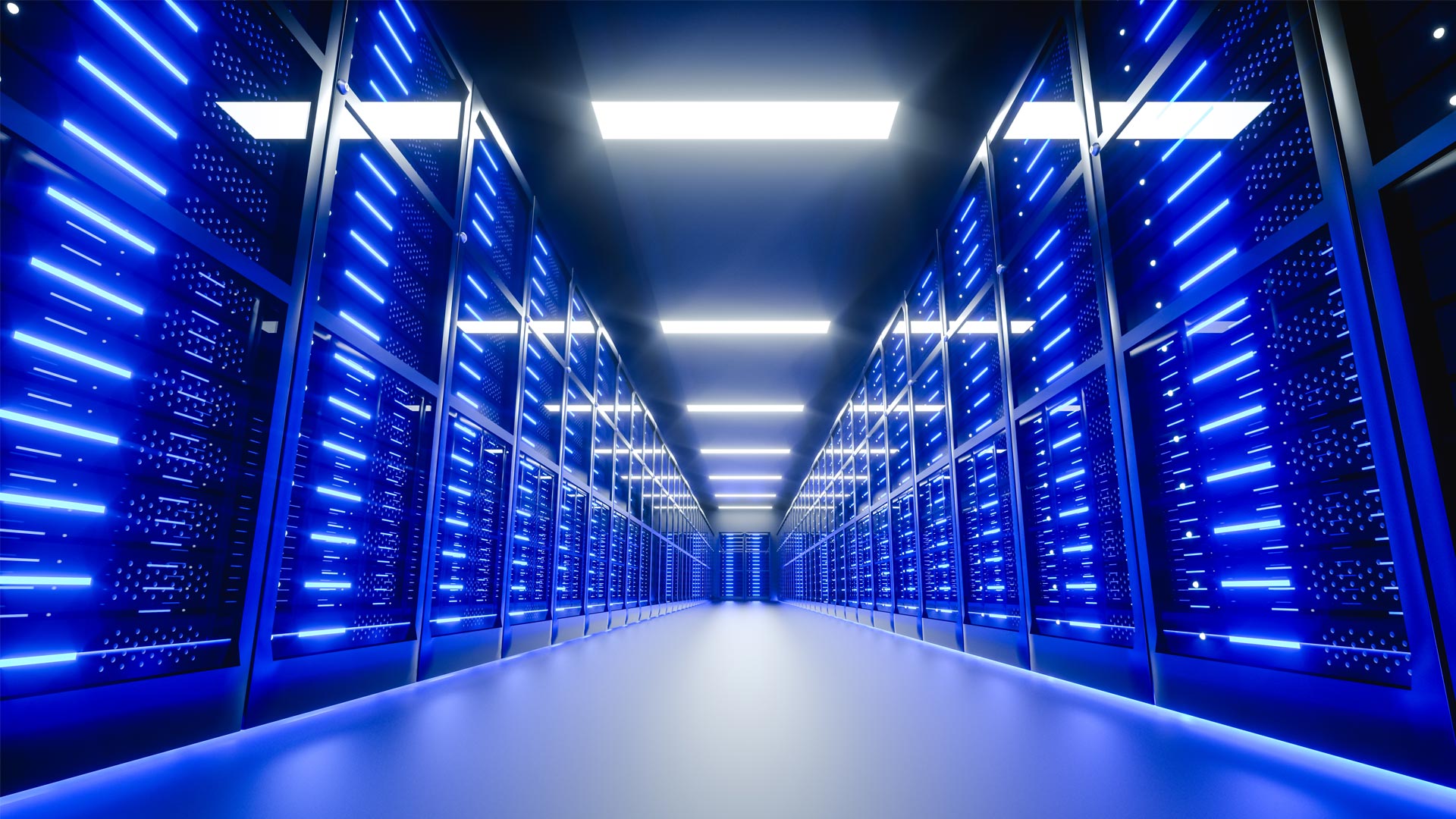Posted: September 14, 2022
By: Editorial Team
Microgrids are stand-alone electrical power systems, consisting of two or more generating assets and dedicated loads, that can operate autonomously or connected to the primary utility grid. These power systems provide a reliable, efficient solution to unexpected power loss, effectively balancing variations in energy demand, optimizing energy usage for more reliable power, and reducing operating costs and carbon emissions.
But how important are microgrids to achieving your energy management and environmental sustainability goals? Our power systems partner, the Eaton Electrical Engineering Services team, explain five reasons you should consider community microgrids as part of your plan.
Intelligent Microgrids
1. Keep up with modern demand
When you consider the new digital economy, population growth, and the rapid growth of cities, it’s no surprise that electrical demand has skyrocketed over the past two decades.
In addition, the increased occurrence of mega-storms around the country has called for new regulations, building codes, and strategic long-term planning focused on improving the ways public and private power systems work and the backup power they can provide.
Yet, the power grid has been slow to keep up. Universities, hospitals, corporations, and local communities are considering microgrids to increase power reliability to meet their critical demand.
2. Ensure energy security & resiliency
With the rise of smart electric grid technology and the industrial internet, utilities will soon be as potentially susceptible to a cyberattack as any computer network. In fact, according to the Brookings Institute, “a recent congressional survey of the industry revealed that many utilities report being ‘subject to daily, frequent or constant cyber-attacks.’”1
Across the country, numerous publicly funded initiatives, along with increasing regulation, focus on improving the resiliency of distributed energy resources to ensure that critical facilities and infrastructure are available and functional—both during and after disturbances.
3. Modularity & scalability
While microgrids can help solve many electrical problems, the expense of implementing all aspects at once can appear overwhelming and expensive.
To build a more flexible and cost-effective power system, it’s critical to implement a modular, scalable approach, which is an integral part of Eaton’s Power Xpert Energy Optimizer™ controller. This electric grid controller maintains system stability and optimizes distributed energy resources for energy savings (ROI), peak shaving, intelligent islanding, and more.
Microgrid operators can integrate existing generating assets today (ex. solar panels) while planning for new assets tomorrow and adapting to changing power grid needs over time.
4. Generate revenue, along with power
Many governments, large corporations, and institutions look to community microgrids for financial benefits. As natural gas prices continue to drop, companies want to capture the gas-generator heat they already produce via combined heat and power. (This is the on-site capture of heat that would otherwise be wasted to produce steam or hot water used for space heating, cooling, and other industrial processes.)
In some cases, larger organizations generate the same output as a utility and even create power surpluses they can sell to their utility provider. This return-on-investment approach is especially attractive to larger organizations with multiple distributed generators.
5. Achieve Environmental, Social, and Governance (ESG) goals
Reduced dependency on fossil fuels is a concern of many, thus the desire to store energy from renewables such as wind and solar. However, these resources are intermittent; the sun isn’t always shining or the wind blowing. Therefore, many corporations and states are exploring battery storage solutions to get the most from renewable energy while helping to better the environment.
California recently increased its historic “33% by 2020” renewable portfolio standard policy to require that utilities obtain 50% of their electricity from renewable energy by 2030. Microgrids incorporate renewable energy sources with effective energy storage technology to compensate for the intermittent nature of renewables and help achieve clean energy goals.
Start Planning Your Microgrid
With the ability to isolate from the primary power grid, microgrids have emerged as an ideal solution to assure energy resiliency, independence from utilities, and optimized energy usage.
The first step is a microgrid feasibility study, which Loeb Electric is proud to partner on with the Eaton Electrical Engineering Services team. Through our project management and electrical expertise, as well as Eaton’s proven products and industry leadership, we’re the team to have by your side. Contact us to learn how we can help meet your electric generation and energy management goals.
Speak with lighting & electrical distribution experts today.
1 https://www.brookings.edu/research/the-electricity-revolution/
Recent Posts
How Electrical Distributors Drive Data Center Construction Success
November 19, 2024
Share via:
Read more


